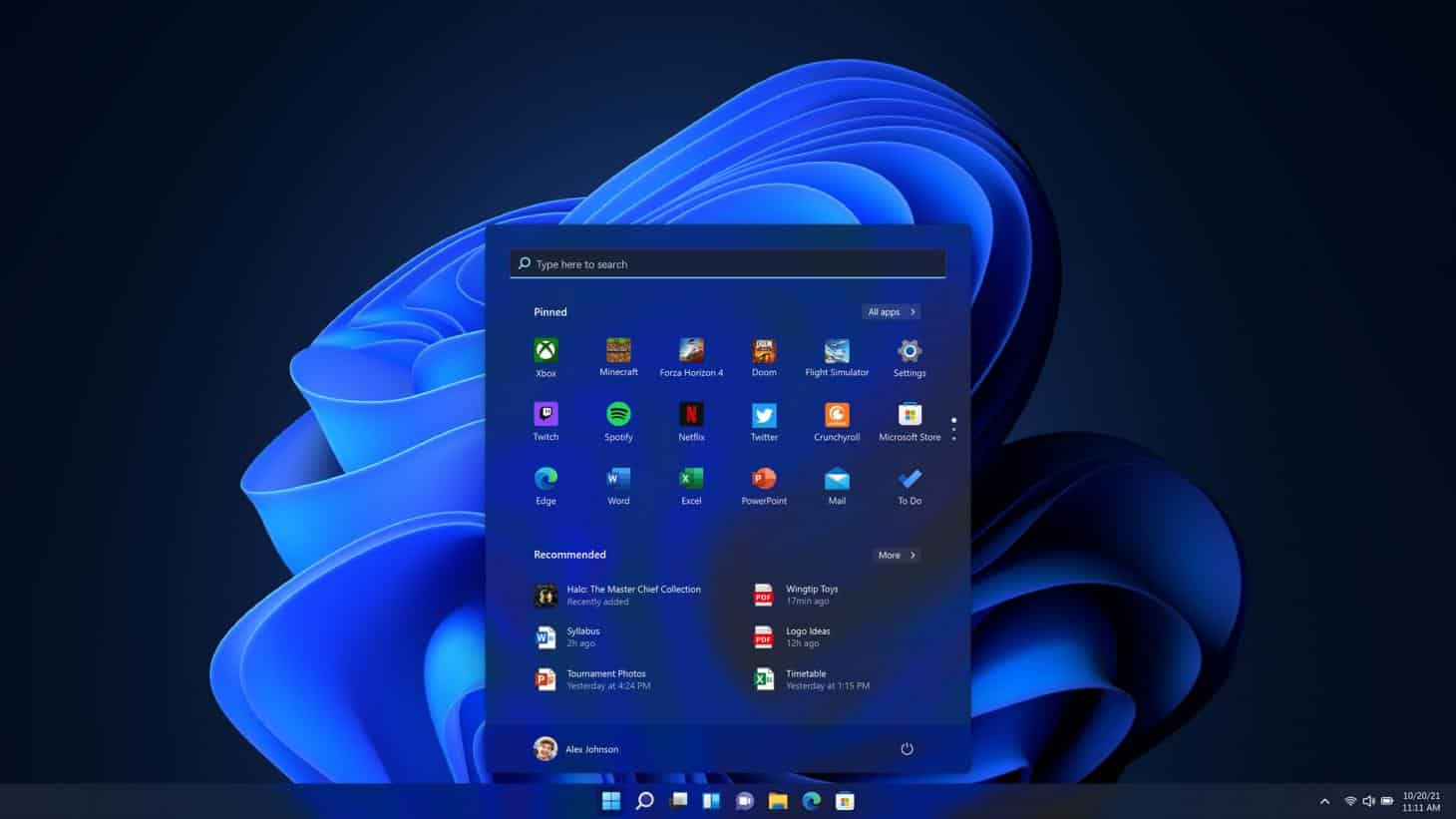From what I last witnessed, XWayland still lacks many of X11/Xorg features. And more so for forcing users into buying newer video cards.
Gnome developers seem to be only irritating longtime users of GTK, and are sounding more and more like Microsoft employees.
Gnome developers seem to be only irritating longtime users of GTK, and are sounding more and more like Microsoft employees.



Comment